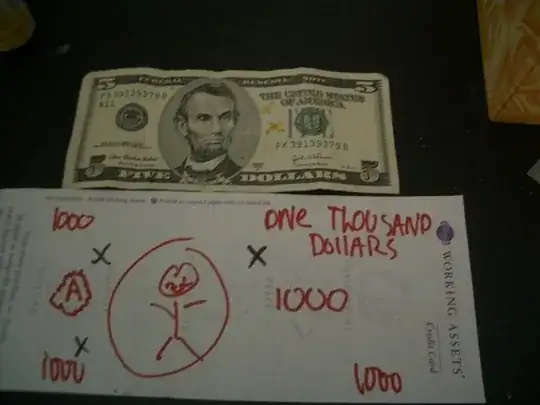I've noticed recently that several places where I paid with a $20 bill, the cashiers used a small marker to detect whether the bill was counterfeit or not before accepting it. Like so:

I saw this happen at
- the post office (multiple times)
- the movie theater
My question is .. why?
I could understand a bank doing this, since it's their job to be strict, but at common salt of the earth places like the movies and the post office?
It seems to me that counterfeit 20 dollar bills should be incredibly rare. But if a bunch of common places check for them .. that implies they must be appearing with some regularity?
Are counterfeit 20 dollar bills (or, is counterfeit money in general) really that common in circulation?